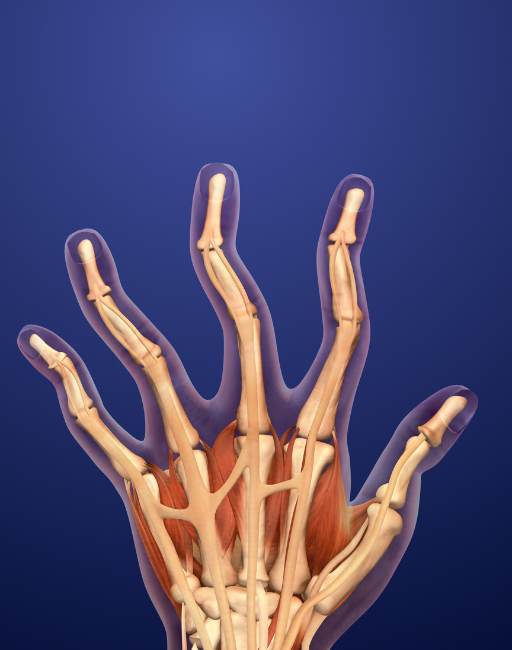How is Arthritis Care develops and manage?
Development of Arthritis
Arthritis develops due to various factors:
- Inflammatory Processes: Inflammatory arthritis, such as rheumatoid arthritis, involves the immune system attacking the joints, leading to inflammation, pain, and damage.
- Degenerative Changes: Osteoarthritis results from wear and tear on the joints over time, causing cartilage breakdown and joint pain.
- Other Causes: Arthritis can also be triggered by infections, injuries, genetic factors, and metabolic abnormalities.
Management of Arthritis
1. Medications
- Pain Relievers: Over-the-counter medications like acetaminophen or nonsteroidal anti-inflammatory drugs (NSAIDs) help reduce pain and inflammation.
- Disease-Modifying Antirheumatic Drugs (DMARDs): These medications are used in inflammatory arthritis to slow disease progression and preserve joint function.
- Biologic Response Modifiers: Biologics target specific parts of the immune system involved in inflammatory arthritis, offering relief and slowing joint damage.
2. Physical Therapy
- Exercise Programs: Tailored exercises help strengthen muscles around joints, improve flexibility, and reduce stiffness. This includes low-impact activities like swimming or cycling.
- Joint Protection Techniques: Therapists teach techniques to minimize stress on joints during daily activities, reducing pain and improving function.
3. Lifestyle Changes
- Weight Management: Maintaining a healthy weight reduces strain on joints, particularly weight-bearing ones like hips and knees.
- Healthy Diet: A balanced diet rich in fruits, vegetables, whole grains, and lean proteins helps manage inflammation and support overall health.
4. Assistive Devices
- Braces and Splints: These devices support weakened joints, relieve pain, and improve function.
- Canes or Walkers: Assistive devices reduce pressure on joints, improving mobility and reducing discomfort.
5. Surgery
- Joint Replacement: For severe arthritis that doesn’t respond to other treatments, joint replacement surgery (e.g., knee or hip replacement) can restore function and relieve pain.
- Joint Fusion: In cases of severe joint damage, fusion surgery may be considered to stabilize the joint and reduce pain.
6. Complementary Therapies
- Acupuncture: Some find relief from arthritis pain through acupuncture, which involves inserting thin needles into specific points on the body.
- Massage Therapy: Gentle manipulation of muscles and joints can reduce pain and improve range of motion.




